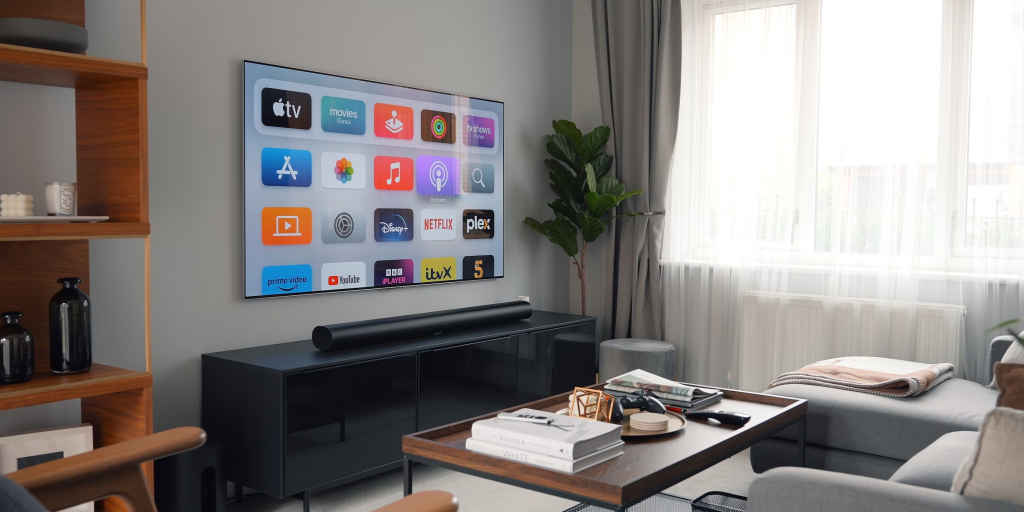Last minute cheat sheet to buying headphones and soundbars this Diwali

Headphones and earphones
When shopping for headphones in today’s saturated audio market, it’s crucial to navigate through the hype and make informed choices. Not all products are what they seem, and understanding certain aspects can save you from overspending on features you might not need. Here are some tips and cautions for selecting the right headphones or earphones:
Higher is not always better
When choosing headphones, the number of drivers isn’t always indicative of better sound quality. Sound frequencies are categorised into lows, mids, and highs, each with its own vibration pattern produced by the driver. Earphones with multiple drivers distribute the workload among them. The key is precise tuning, ensuring each driver accurately handles its designated frequency range. Without proper tuning, you might get loud but inaccurate audio. To determine this, test earphones with a frequency sweep covering the full audio spectrum (20Hz to 20,000kHz).

Tuning matters the most
Tuning involves calibrating drivers to emphasise specific frequencies. Different manufacturers may tune their drivers to prioritise certain aspects of sound, leading to varied sound signatures. For example, some headphones focus on boosting bass, while others create a V-shaped sound with enhanced lows and highs. Even drivers with the same specs can sound different if not precisely tuned. Studio-grade and consumer-grade headphones from the same brand may have distinct sound signatures. Your preference for sound should guide your choice. Everyone has a different taste, and you should know yours.
The CODECs
Examining headphone specifications, you’ll come across CODECs that dictate signal quality when transmitting audio via Bluetooth. Various CODECs exist, with SBC being the most common. It’s basic and energy-efficient but sacrifices audio quality. In noisy environments, without noise cancellation or with poorly tuned headphones, the quality difference is less noticeable. Consider factors like streaming service quality, smartphone capabilities, and your headphone or earphone performance. For wired audio, your device’s output port capabilities are crucial. Modern mobile devices lacking a headphone jack may require an external USB DAC for lossless audio. Additional hardware considerations apply to PCs. To guide you better through the world of audio CODECs, here are brief descriptions of some popular CODECs that are seen in headphones and earphones these days –
| CODEC | Supported Bit Rates | Features | Downsides | High-Res Audio Support |
|---|---|---|---|---|
| SBC | up to 345kbps (theoretically) | Low power consumptionLow processing power required | Latency IssuesCompressed audio | No |
| AAC | up to 320kbps | Better compression than SBC | Not in the open domainUses more power and processing | No |
| aptX | up to 384kbps | Better compression algorithm than SBC | Not supported on iOS | Yes |
| aptX HD | up to 576kbps | Improvement over aptXHigher bit rate and bit depth than aptX | Not supported on iOS | Yes |
| aptX LL | up to 352kbps | Low latency (about 32ms) | Not supported on smartphones | No |
| LDAC | up to 990kbps | Supports High-Res AudioBetter support for Android devices | Proprietary Sony technologyLimited presence in the market | Yes |
| ALAC | approx. 1411kbps | Supports lossless audio | Limited to Apple devices | Yes |
Soundbars and Speakers
When you are out looking for a good soundbar or speakers, the budget becomes one of the first things that you need to lock down. This is because due to the evolution of technology, and the way it has made its way down the price brackets, you can get all that you would need for as low as 15K. However, the same features would also be present in a much more expensive alternative. So, with that aside, let’s look at some of the important things that you need to consider and lock down when buying a soundbar or a speaker –
Sound is king
If you get a feature-laden product that sounds bad, then you are essentially losing out on all your hard-earned money. So, I would recommend that you ensure that every audio product that you buy, especially a speaker or a soundbar, you experience it yourself. Go to a store and play a few demos of the content that you are most likely to consume. As a reviewer, I cannot give you a sound signature to look out for, only because someone consuming a lot of heavy metal music would not like a bass-forward sound, and so on and so forth. So, experience before you buy.

Few but well-implemented
When starting out this section of the article, I mentioned that core features are more or less the same across price brackets these days. That is why, you need to make sure that the features being offered on the soundbar or speaker you are looking for, are well implemented.
Some of the key features in the soundbar that you should look out for are –
- Sub-woofer and satellite speaker support
- Dolby Atmos and DTS:X support
- App support (For tuning and control)
- 4K pass-through (If needed) and I/O options (more the merrier)
- Size and mounting options
Some of the key features that you should look out for when buying speakers are –
- App support
- Voice Assistant Integration
- Physical/Remote Control
- On-device tuning (Bass and Treble controls)
- Battery capacity
- Daisy chaining capabilities (Will allow you to connect multiple speakers to create a truly wireless stereo setup)

Size and build
If you are someone who moves around with their speakers or your soundbar is exposed to unwanted elements often, then you should definitely keep an eye out for the build materials that are being used in your product. In speakers, a solid plastic body with a metal/plastic grill and a carrying handle is something that you should keep an eye out for.If you are stepping out with your speakers, then you should keep the IP ratings in mind as well.
And, in terms of soundbars, a plastic body for the bars is a norm, but if you get a wooden construction on the subwoofer, then it is better. Mesh covering on the front of the bar is something I would say you should avoid if your bar is susceptible to dust accumulation or knicks and cuts. A metal grill would be the way to go.
Satvik Pandey
Satvik Pandey, is a self-professed Steve Jobs (not Apple) fanboy, a science & tech writer, and a sports addict. At Digit, he works as a Deputy Features Editor, and manages the daily functioning of the magazine. He also reviews audio-products (speakers, headphones, soundbars, etc.), smartwatches, projectors, and everything else that he can get his hands on. A media and communications graduate, Satvik is also an avid shutterbug, and when he's not working or gaming, he can be found fiddling with any camera he can get his hands on and helping produce videos – which means he spends an awful amount of time in our studio. His game of choice is Counter-Strike, and he's still attempting to turn pro. He can talk your ear off about the game, and we'd strongly advise you to steer clear of the topic unless you too are a CS junkie. View Full Profile




